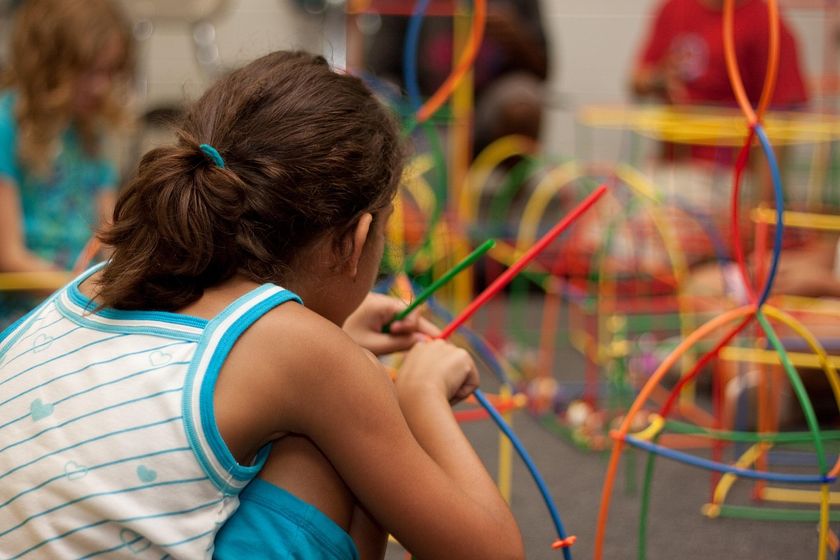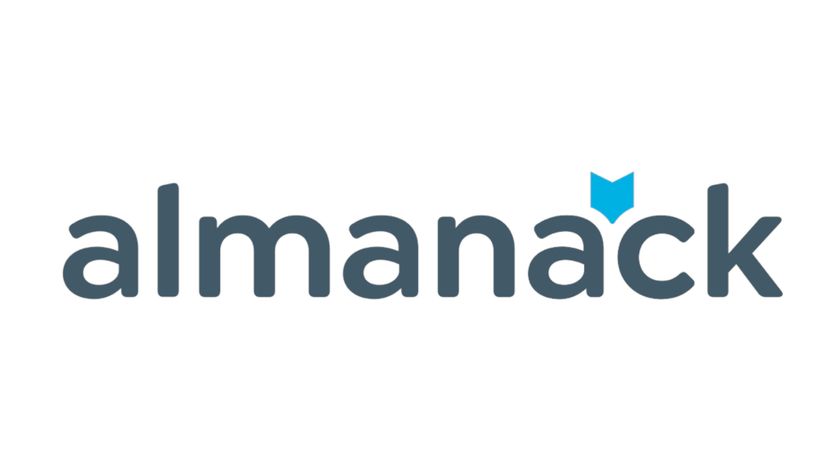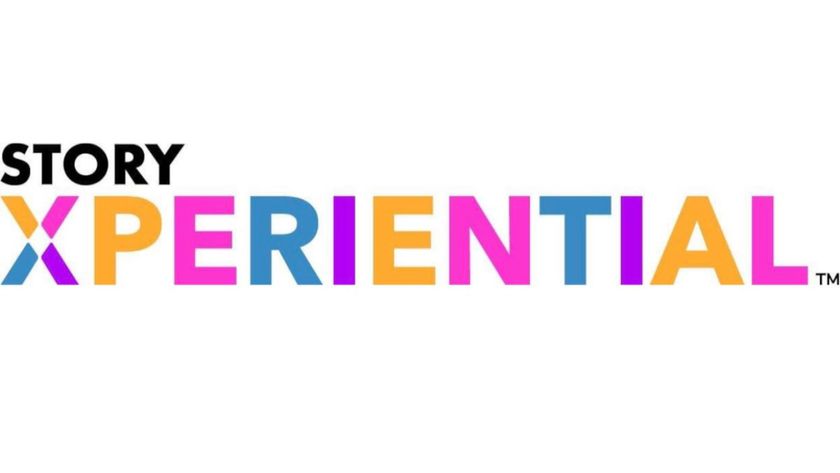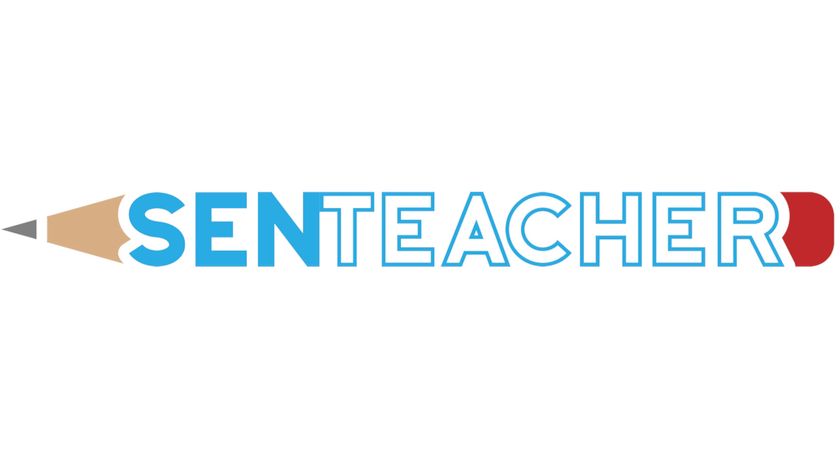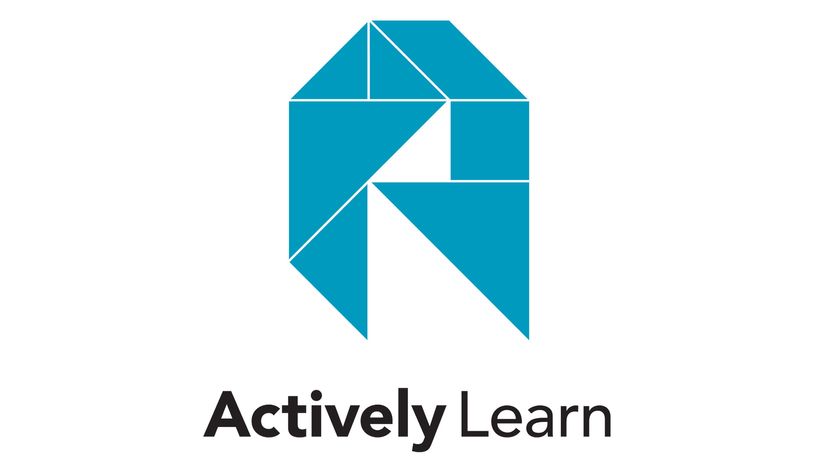What is Project-Based Learning?
Project-based learning (PBL) centers the learning around students meeting class objectives by engaging in practical real-world experiences that foster engagement.
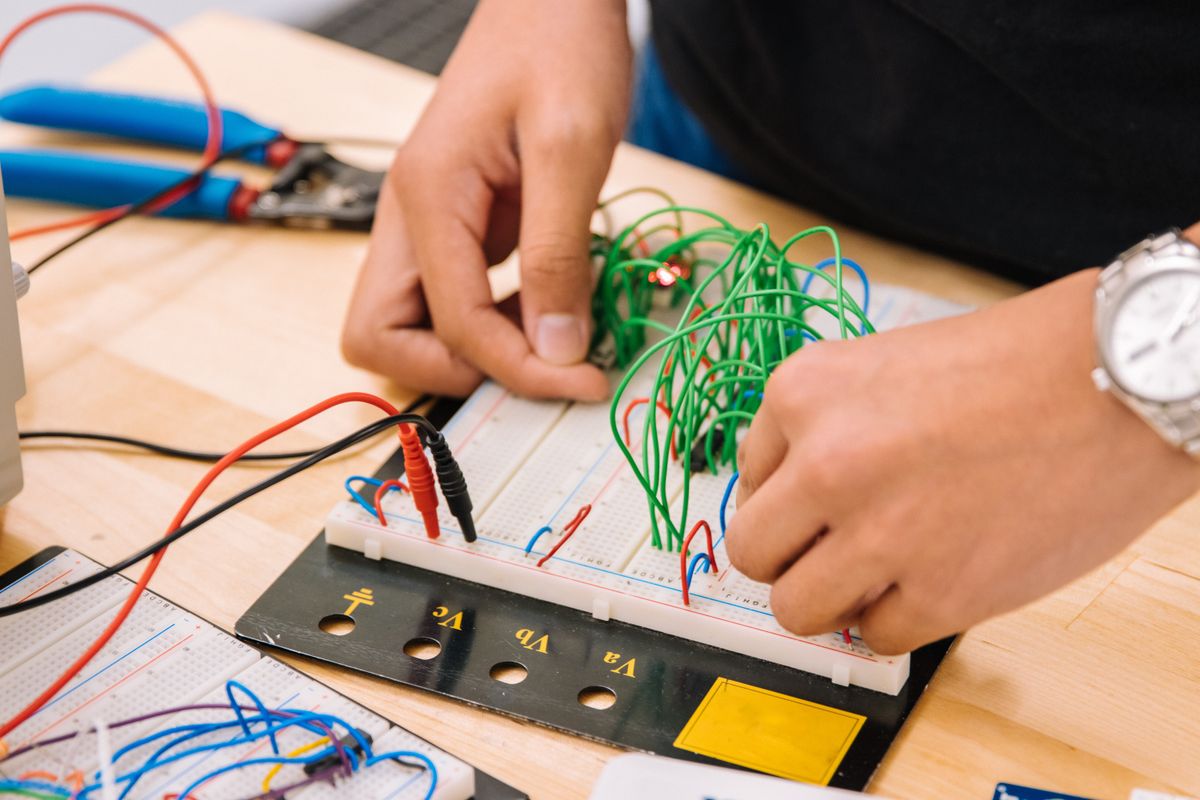
Project-based learning (PBL) focuses on having students explore real-world problems and challenges in an active and student-centered manner.
Instead of a traditional assessment, students in project-based learning STEM class might engage in a complex project that evolves hands-on work and takes weeks of preparation but ultimately demonstrates the student’s proficiency in the subject matter and has real-world applications.
Below is everything you need to know about project-based learning as a new or veteran teacher looking to better understand this important pedagogy.
What is Project-Based Learning?
Project-based learning is all about the real-world application of classroom knowledge and student-centered learning. Students solve specific actual problems by working on projects over an extended period of time (often more than a week) that demonstrate their understanding of class content and produce a tangible result. The project is often meaningful to a student, which creates an opportunity to become more invested in creating a solution.
Project-based learning can be focused around STEM topics and aligned with Next Generation Science Standards and its three main dimensions: crosscutting concepts, science and engineering practices, and disciplinary core ideas.
When implemented correctly, proponents believe project-based learning fosters engagement and deeper learning by encouraging critical thinking, collaboration, and creativity.
In a project-based classroom, projects might include students making a documentary on local animal habitats, an investigation of local water quality, or the creation of a virtual museum app looking at a relevant moment in history.
Common Project-Based Learning Misconceptions and Mistakes
True project-based learning is not to be confused with a traditional “class project.” Traditional class projects often fall into a category that PBLworks.org calls “dessert projects,” which they define as short and intellectually light projects that a student presents after the teacher covers the course content in the usual way. In contrast, PBLworks.org notes that in true project-based learning, the project is the unit.
Tech & Learning Newsletter
Tools and ideas to transform education. Sign up below.
Project-based learning is not easy to implement as it requires a teacher who can guide students through engaging projects that challenge them intellectually and relate to their interests. However, it is easy to create a project-based learning environment that looks and feels deceptively engaging.
Louis Deslauriers, who researches active learning and is director of Science Teaching and Learning in the Faculty of Arts and Sciences at Harvard University, told Tech & Learning that he encounters this type of classroom often when visiting classrooms in K-12 and higher ed. “I see everyone is working hard on worksheets,” he says. “They have a piece of paper in front of them, and they're talking with each other, and they're trying to fill the worksheet. But then when I look more closely, I can see that the worksheet is actually less than useless. It's a complete waste of time.”
Because of these challenges, Deslauriers advises educators only implement project-based learning after they’ve received adequate training in pedagogy.
What Does Project-Based Learning Research Show?
Critics of project-based learning argue it devalues the importance of direct instruction, but some recent research offers strong support for effectively designed project-based learning classrooms.
One randomized control trial compared project-based learning AP classrooms to traditional AP classrooms and found that in the project-based learning classrooms 8 percent more students passed the class. When teachers in the study taught the same curriculum for a second year, their students outperformed students in a traditional classroom by 10 percentage points.
Another study of third-grade science classes found similarly positive results. These studies seemingly confirm what many teachers who engage in project-based learning see in the classroom: the practice can engage kids and help them get excited about the real-world applications of what they’re learning in school.
Resources for Project-Based Learning
Erik Ofgang is a Tech & Learning contributor. A journalist, author and educator, his work has appeared in The New York Times, the Washington Post, the Smithsonian, The Atlantic, and Associated Press. He currently teaches at Western Connecticut State University’s MFA program. While a staff writer at Connecticut Magazine he won a Society of Professional Journalism Award for his education reporting. He is interested in how humans learn and how technology can make that more effective.




